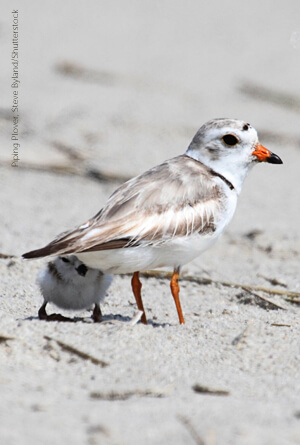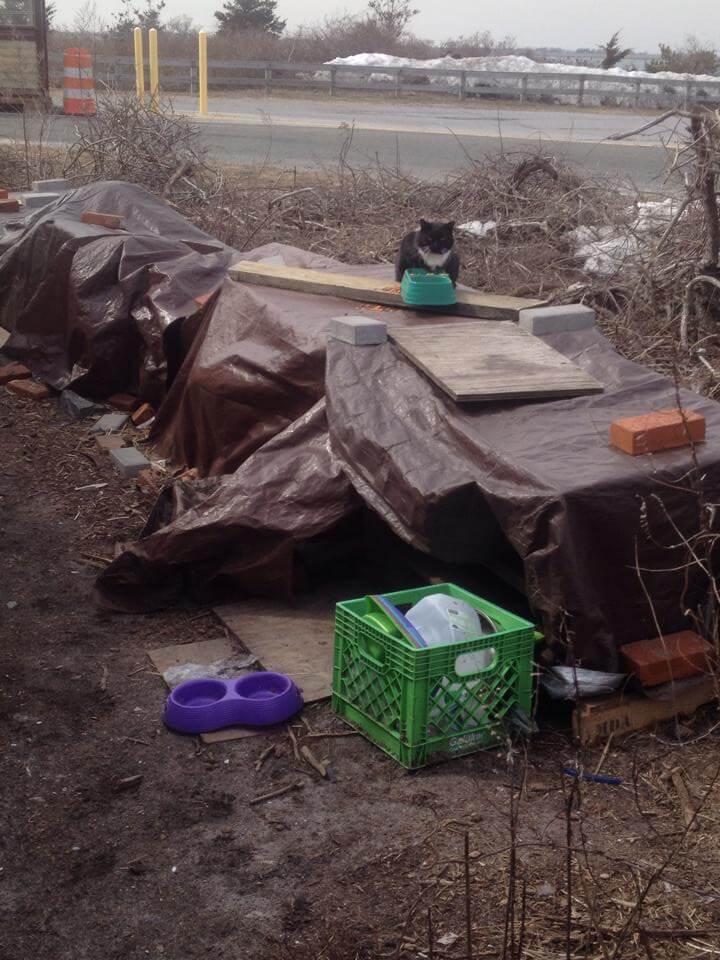Jones Beach Feral Cats Pose Threat to Endangered Birds and Potential Health Threat to Beachgoers
 |
|---|
(Washington, D.C., March 27, 2015) One of the nation's leading bird conservation organizations, American Bird Conservancy, has learned that New York State Park officials are allowing feral cats to persist at the popular Jones Beach State Park right outside New York City.
“The continued presence of feral cats in this park constitutes a real threat to native wildlife, most importantly to the threatened Piping Plover. To protect these nesting, endangered birds, the cats need to be immediately removed, taken to a shelter, and given an opportunity to find a home. The threat they pose to native wildlife and to the health of families seeking a pleasant day at the beach is unacceptable,” said Grant Sizemore, Director of ABC's Invasive Species Programs.
“It is ironic that the park is celebrating the protection of Piping Plovers this weekend in their ‘Help the Endangered Piping Plover' event while state officials refuse to remove this imminent threat to these birds. Feral cats are one of the world's top 100 most destructive invasive species and have already contributed to the extinction of 33 species,” said Sizemore.
“We have tens of millions of feral cats running around the country while Piping Plovers are frighteningly scarce and are federally protected. Keeping predatory cats out of the park is an obvious conservation priority, and Spring is a particularly critical season. Baby birds on the beach stand zero chance against these cats,” Sizemore said.
For example, Sizemore said a study on the effects of urbanization on wildlife that tracked the early lives of Gray Catbirds in three Washington, D.C. suburbs found that outdoor cats were the number-one source of known predation on young birds. The peer-reviewed study by Anne L. Balogh of Towson University and Drs. Peter Marra and Thomas Ryder of the Smithsonian Conservation Biology Institute found that almost 80 percent of the catbird mortality in the study was from predation and that cats were the source of almost half of the known predation.
Even brief appearances of cats near avian nest sites lead to increased nest failure, according to another peer-reviewed study. Those cat appearances can lead to a 33 percent reduction in the amount of food brought to nestlings following a predation threat.
And there are significant public health concerns associated with feral cats. These cats may carry and transmit a number of parasites and diseases such as hookworms, rabies, and toxoplasmosis. Tourism at Miami Beach in Florida was impacted in 2010 after hookworms spread by feral cats required beach sanitation. Cats are also consistently the number one vector for rabies among domestic animals.
 |
Cats in Jones Beach. Photo by Kathy Baca |
"The continued presence of this large number of cats has the effect of turning the beach front into a giant litter box,” Sizemore said.
Toxoplasmosis, which is caused by infection with the parasite Toxoplasma gondii, depends on cats to complete its life cycle, is spread in cat feces, and can infect any warm-blooded species. In people, this infection can lead to miscarriages, blindness, memory loss, or even death. There are also links to schizophrenia.
Although human infection by the T. gondii parasite is also associated with improperly cooked meat coming from an animal infected with cat-shed parasitic eggs, the staggering growth in the number of free-roaming cats is increasingly viewed as a key transmission vector in the U.S.
According to Dr. George Fenwick, a Johns Hopkins-educated pathobiologist who is also President of ABC, “The number of domestic cats in the U.S.—both owned and un-owned—has increased to as many as 188 million. Studies have shown that up to 74 percent of those cats will test positive for this parasite during their lifetime. Not only do studies show that these cats are killing 2.4 billion birds and 12.3 billion mammals each year, they are also contaminating our beaches, parks, oceans, rivers, and residential areas with a parasite that will remain viable for years."
A 2013 study published in the journal Trends in Parasitology concluded that “as cats increasingly contaminate public areas with T. gondii oocysts, it will become progressively more difficult to avoid exposure.”


















































